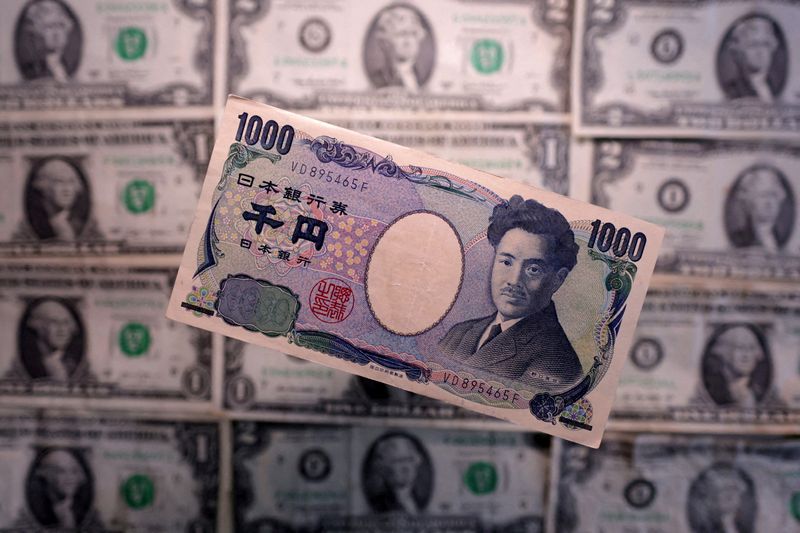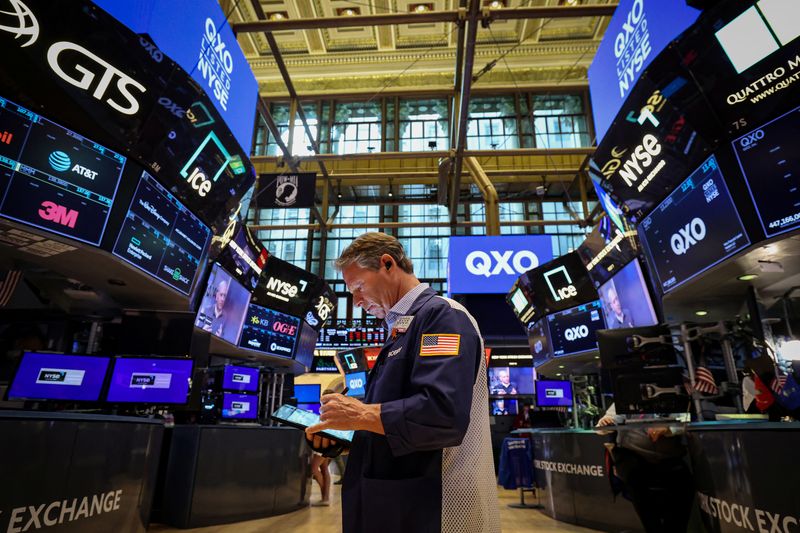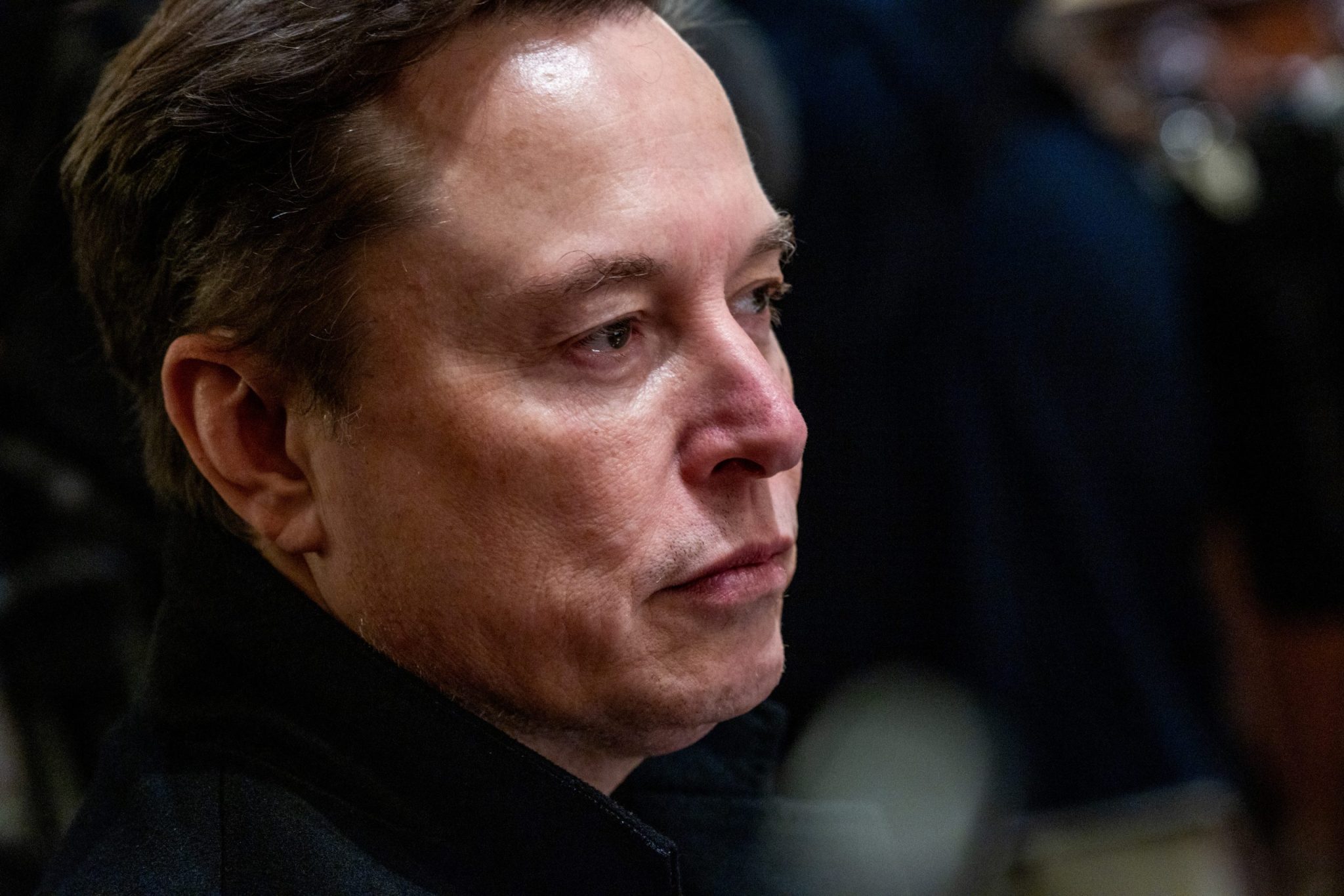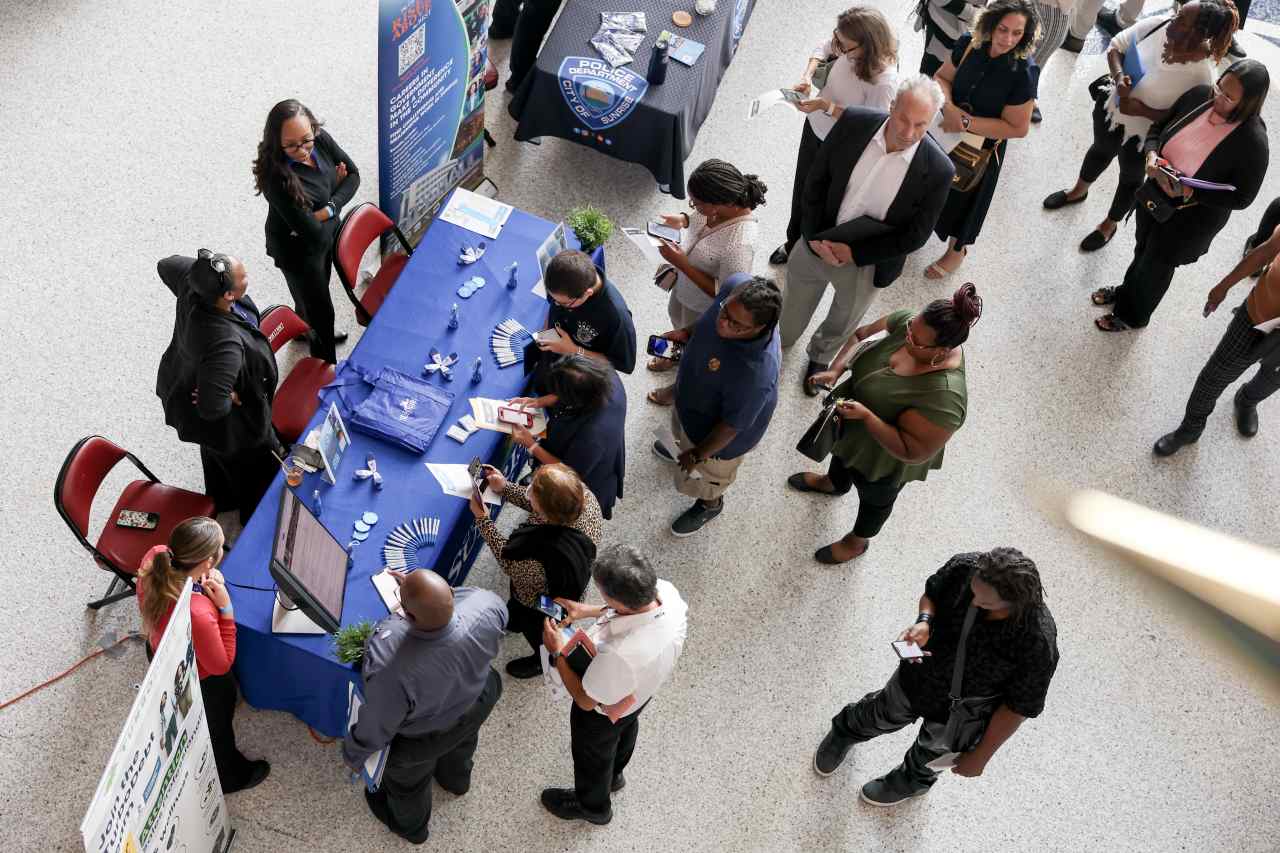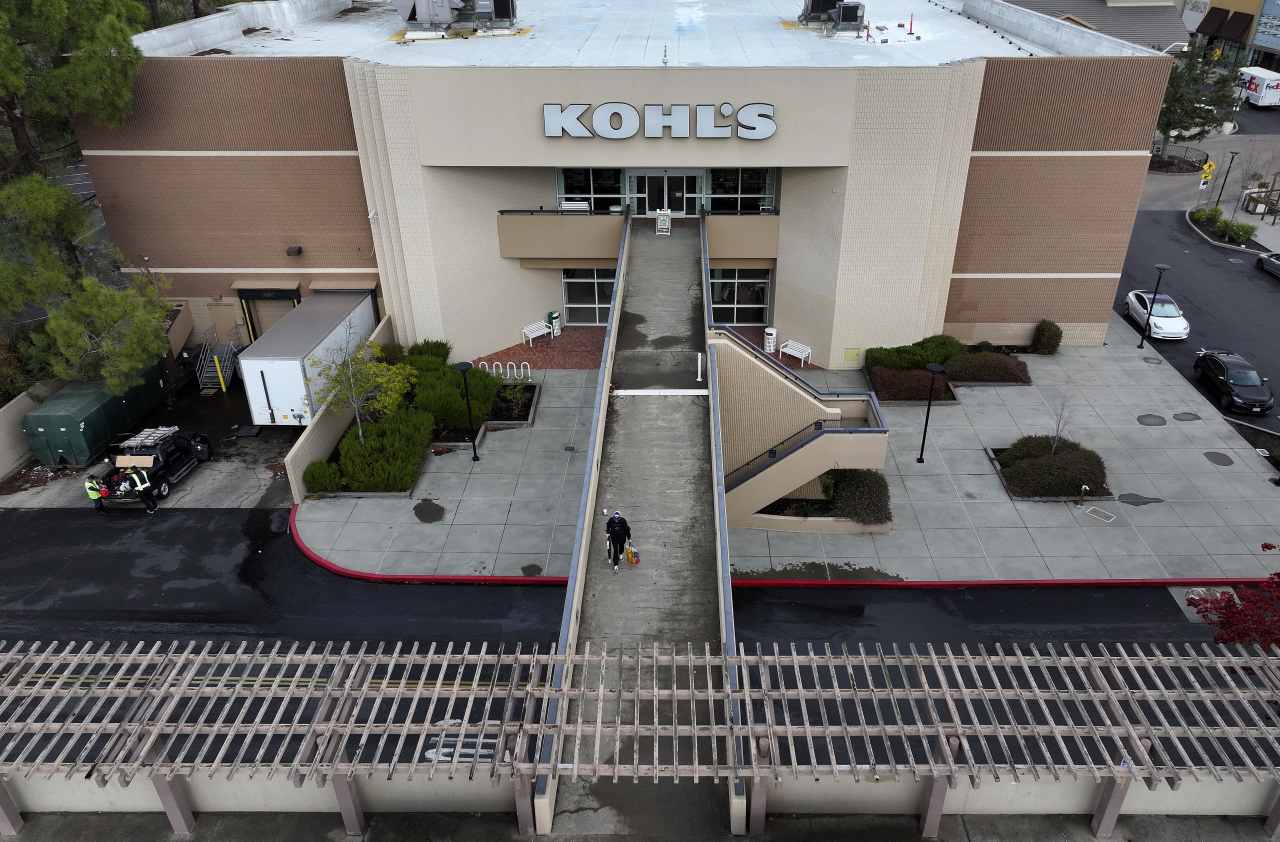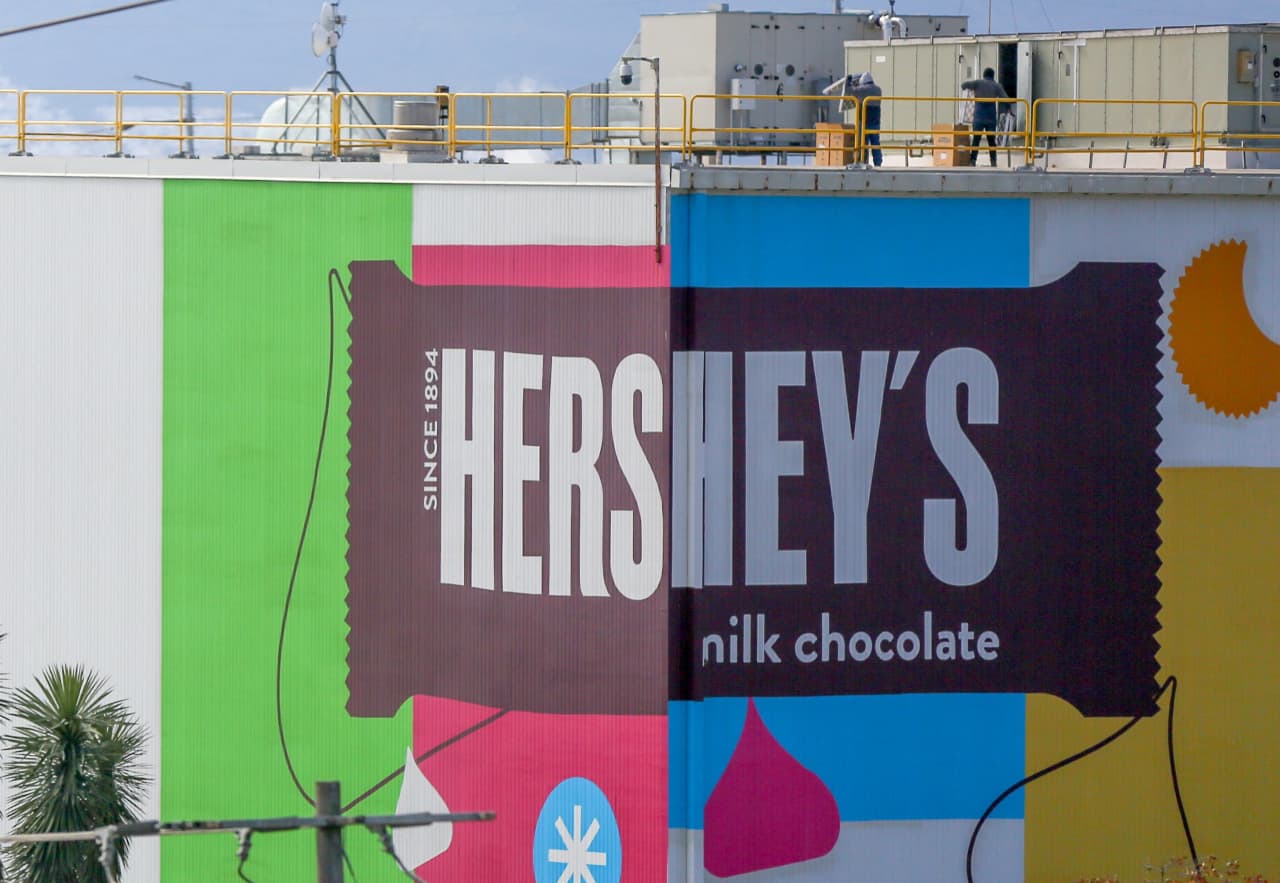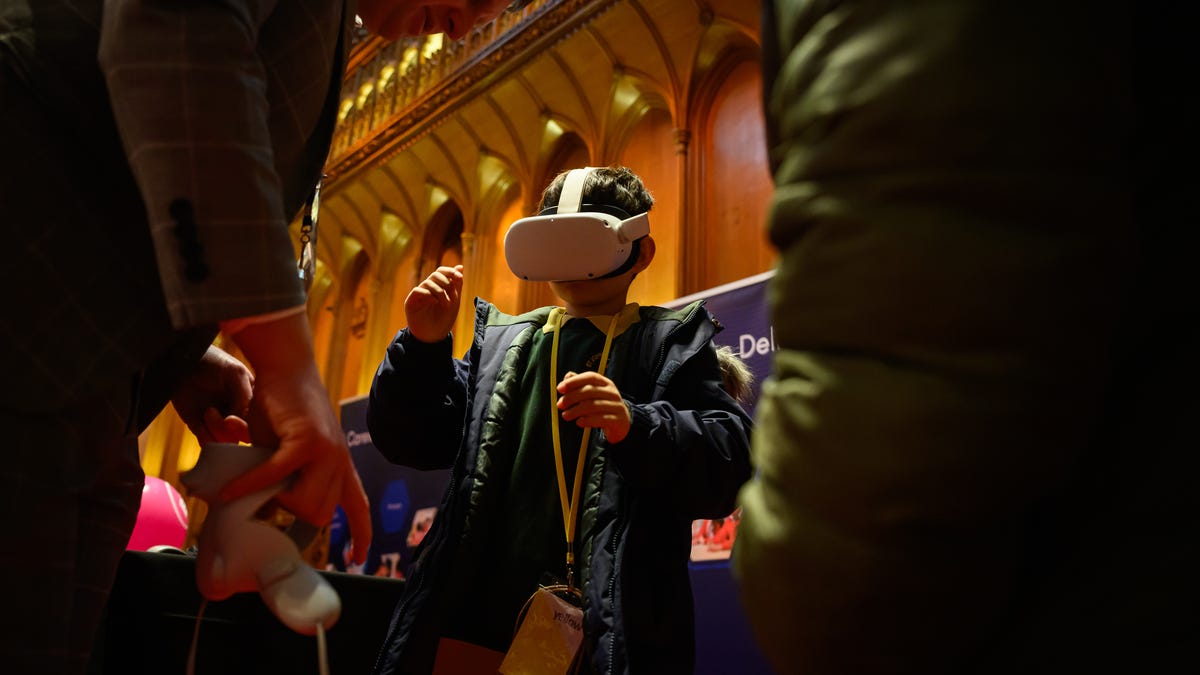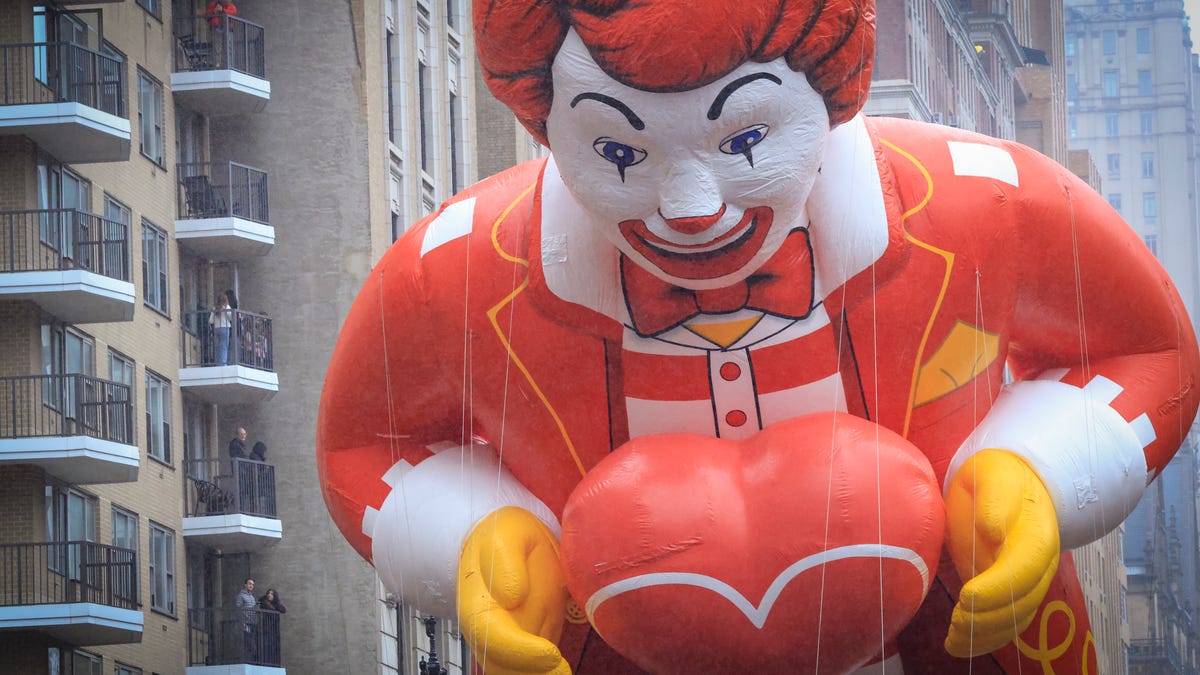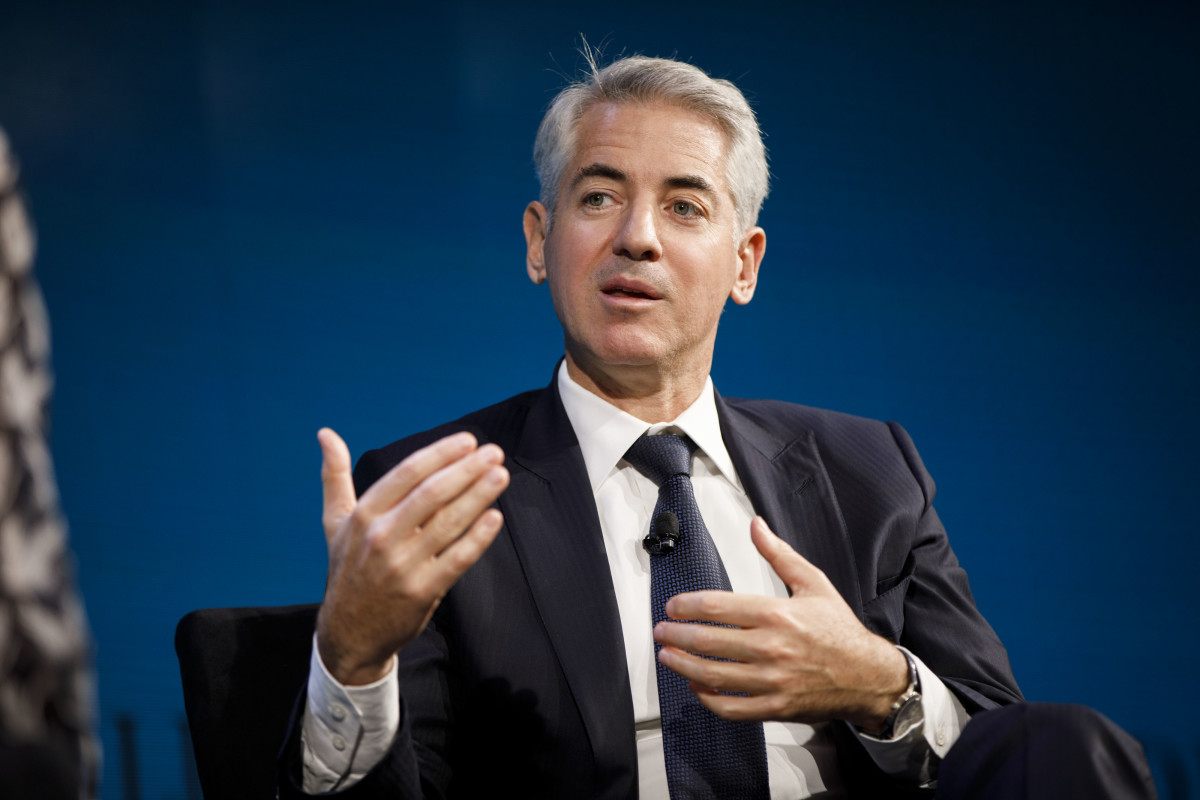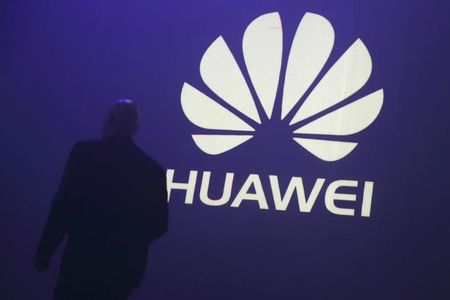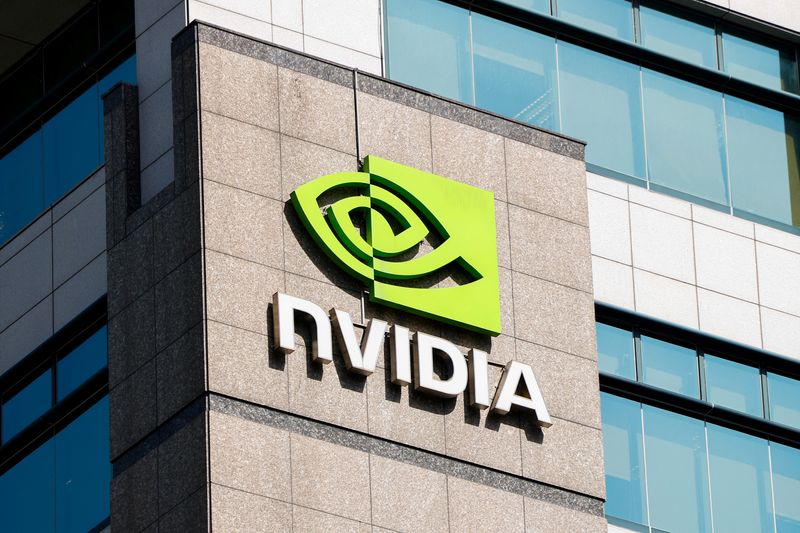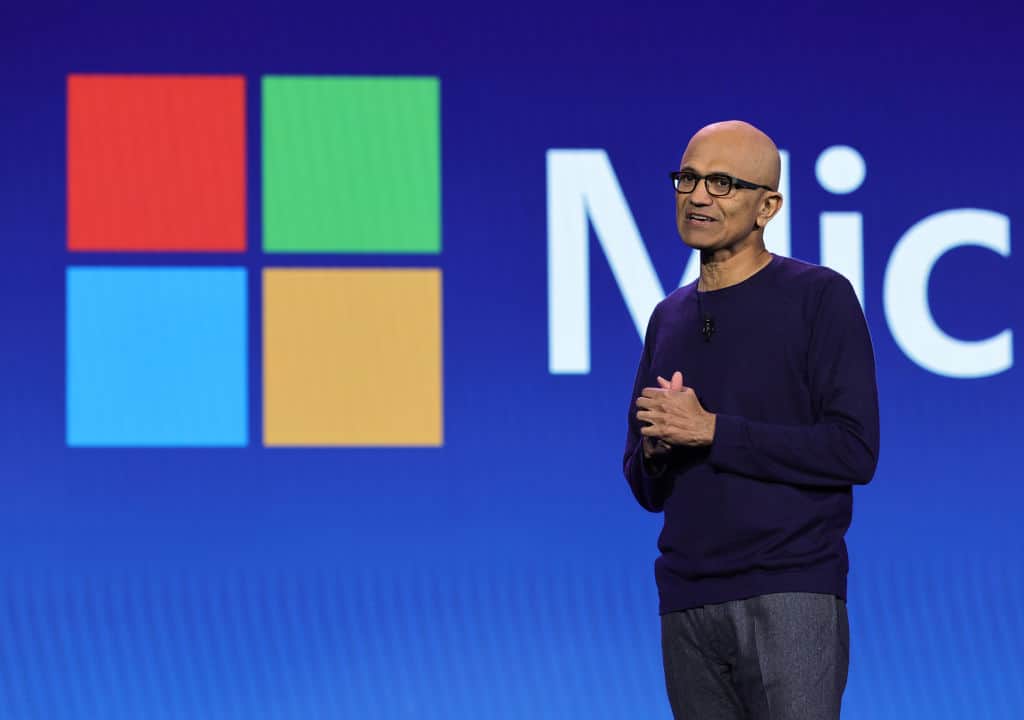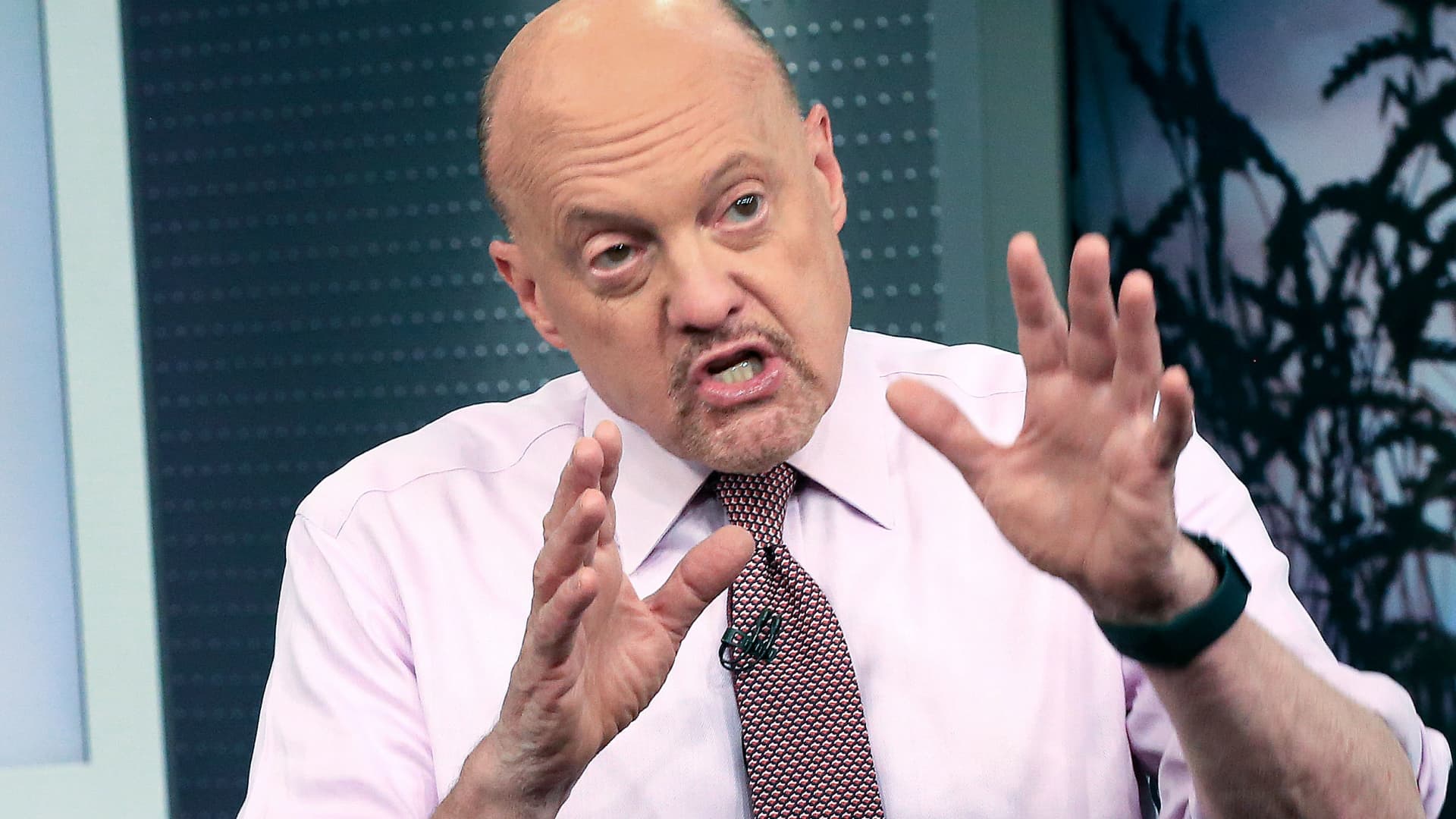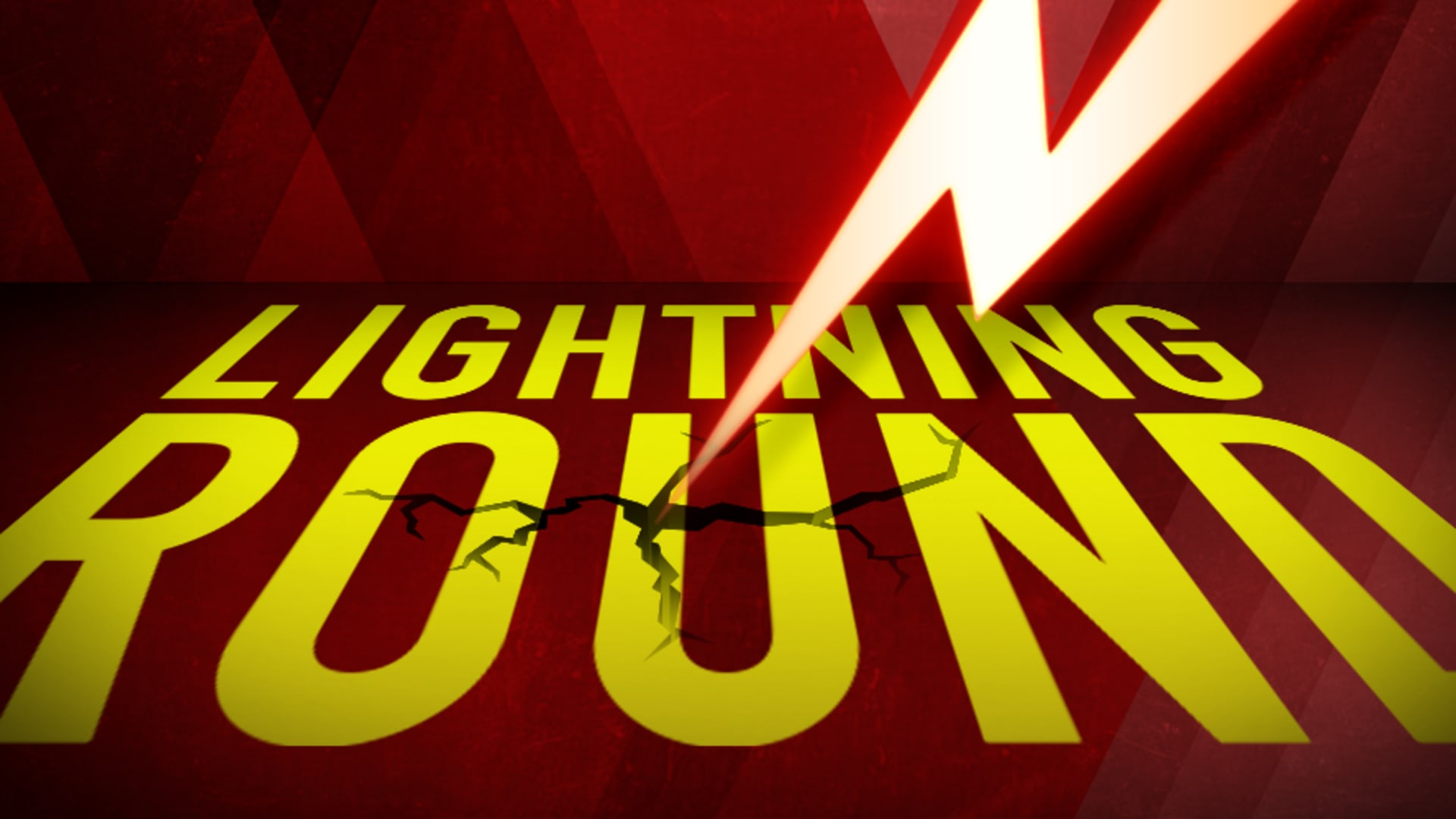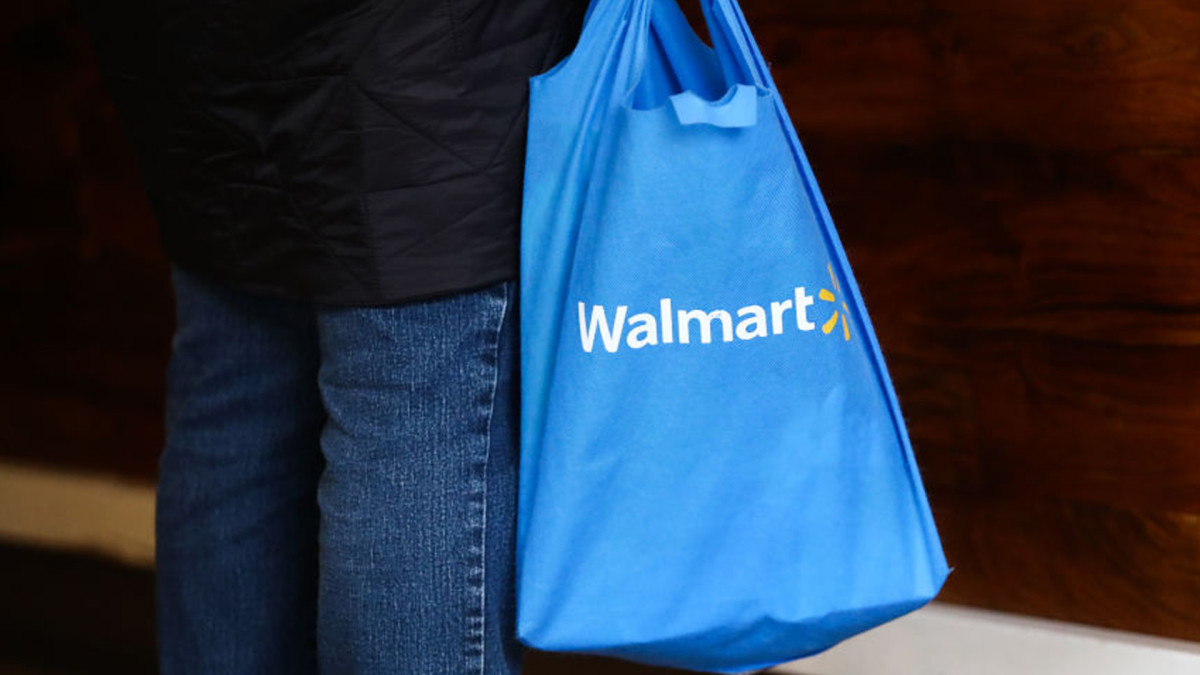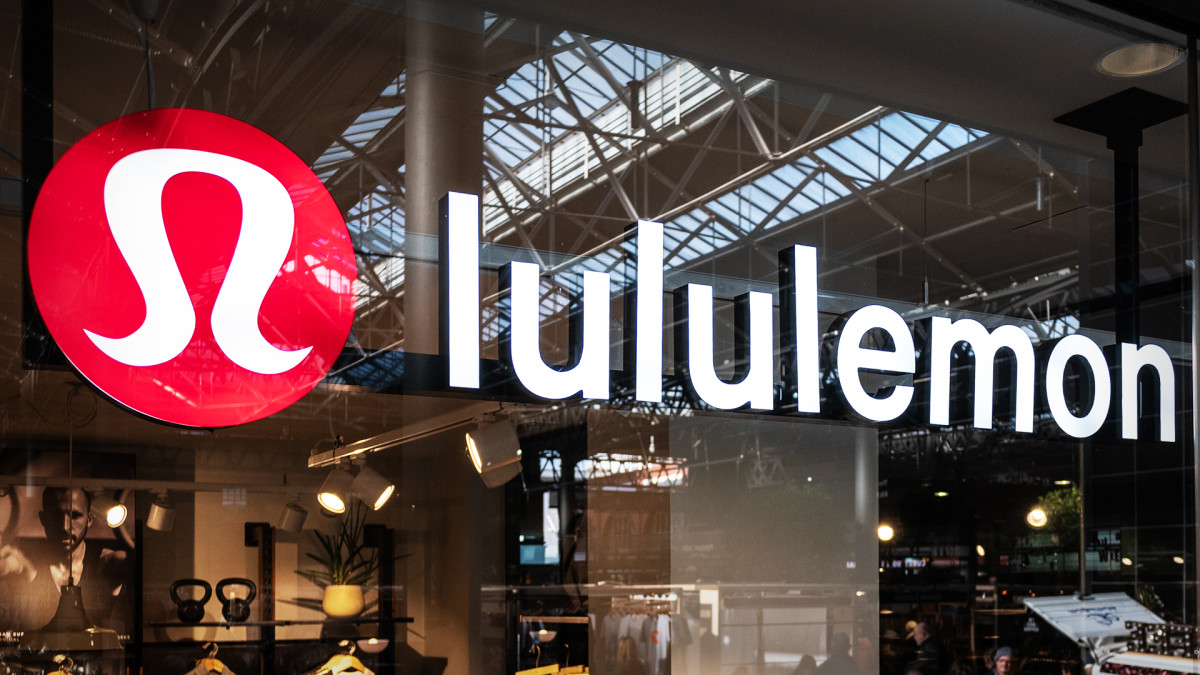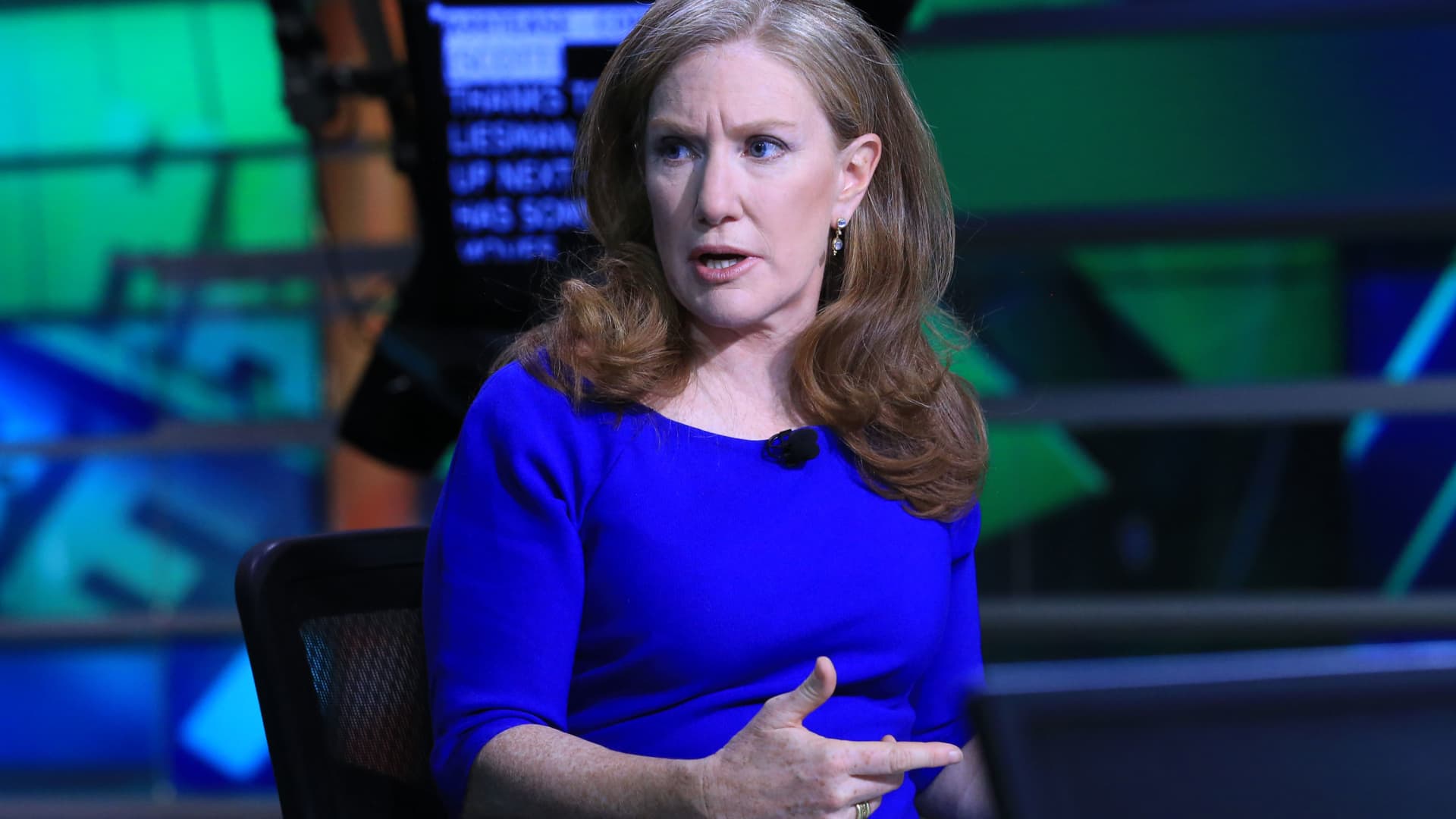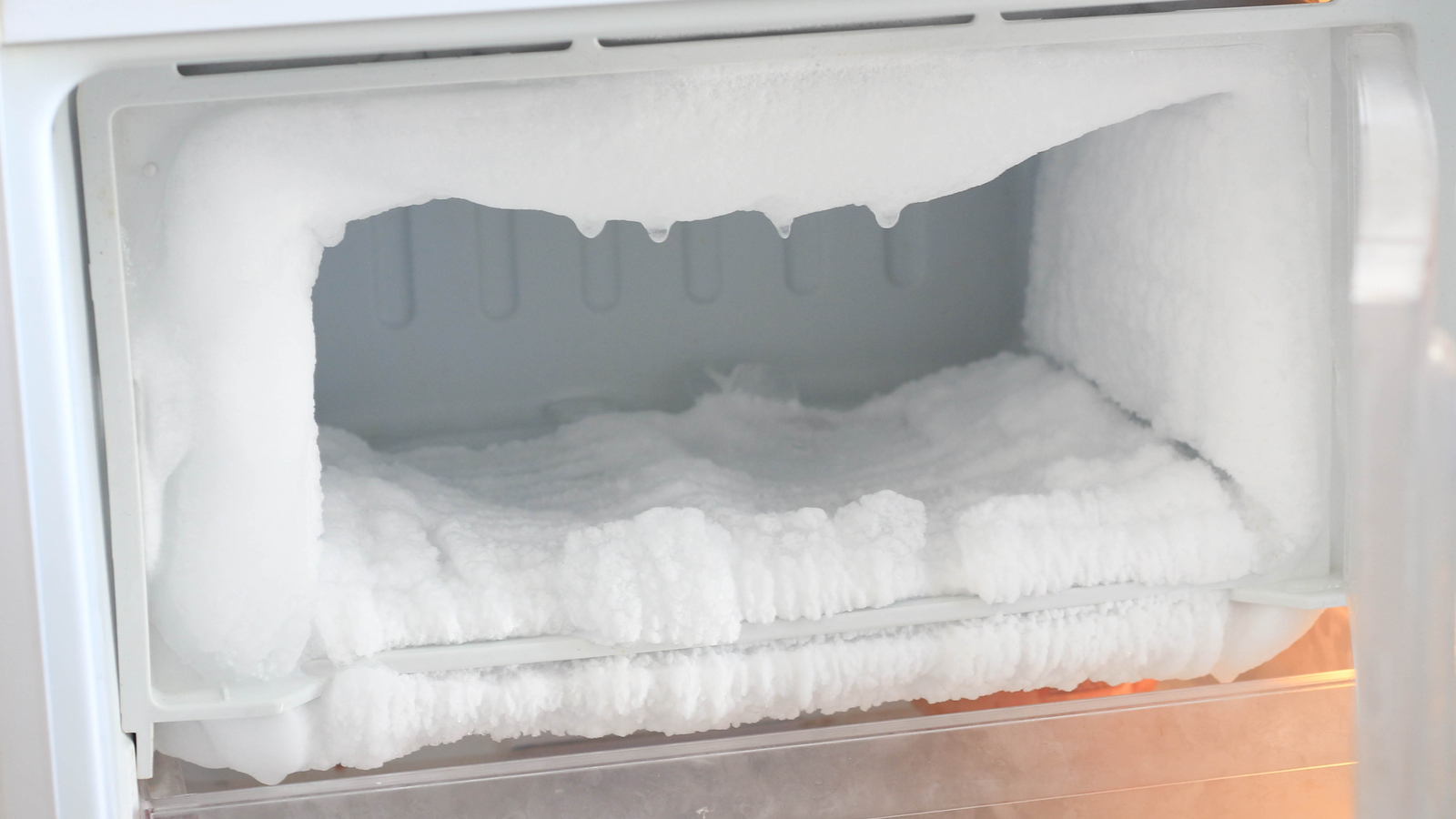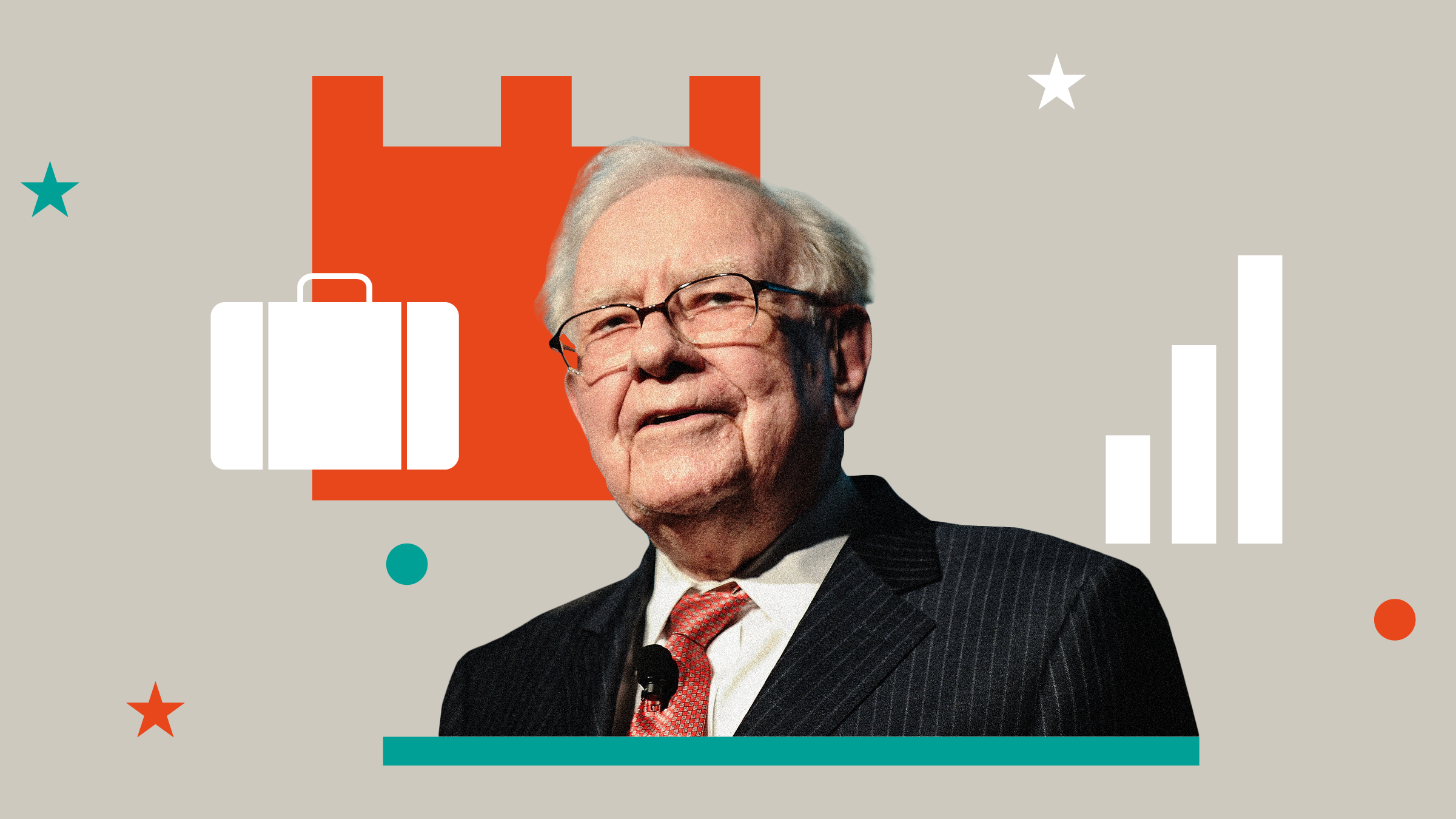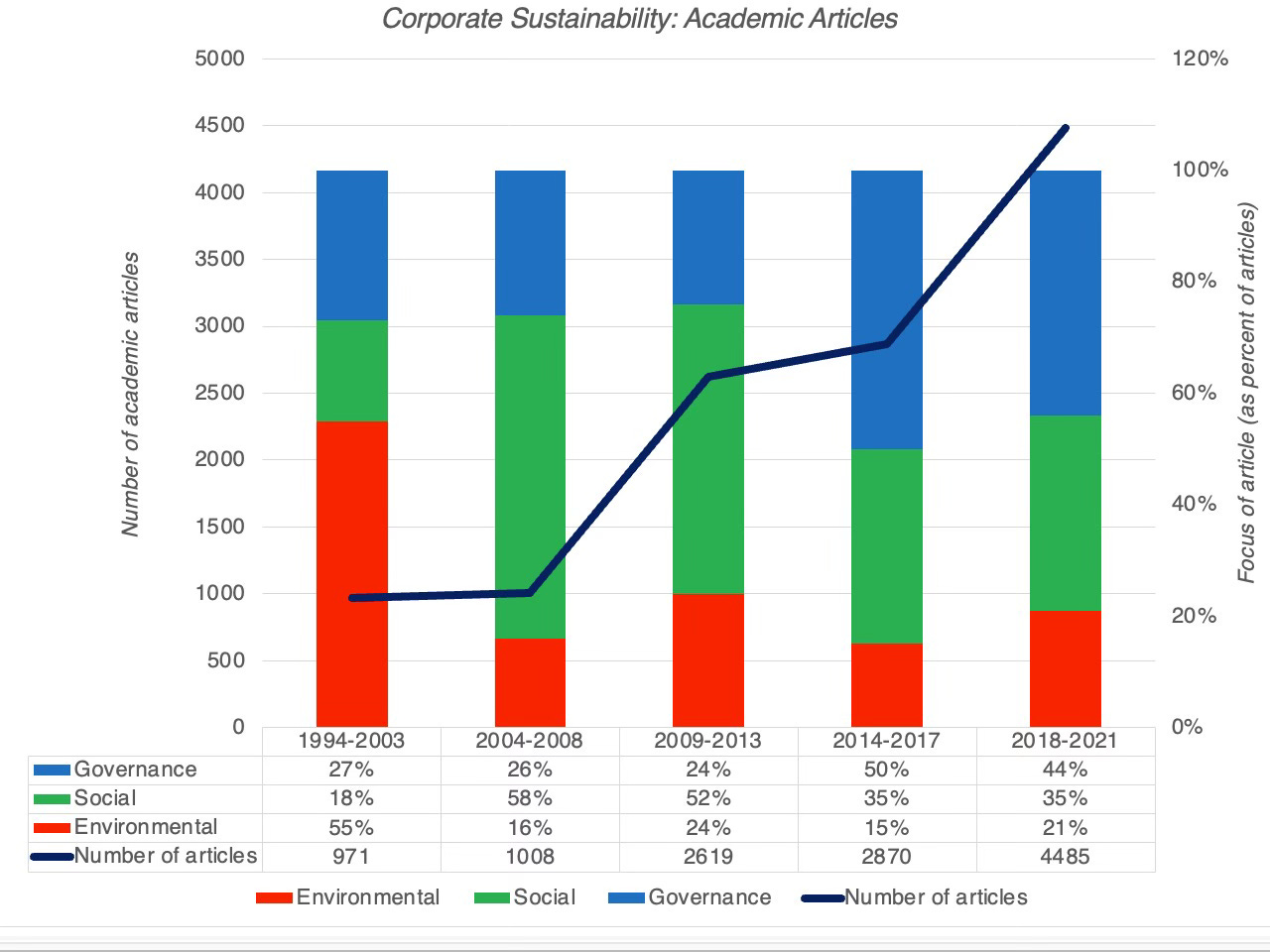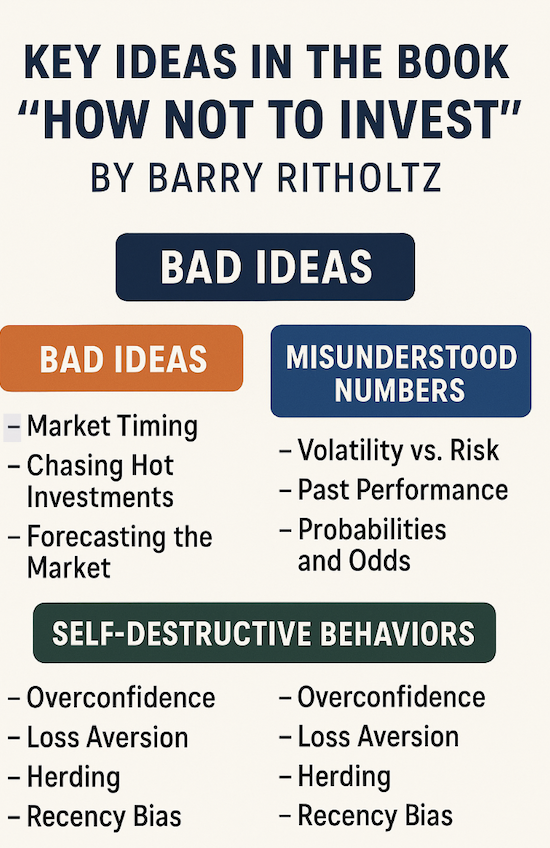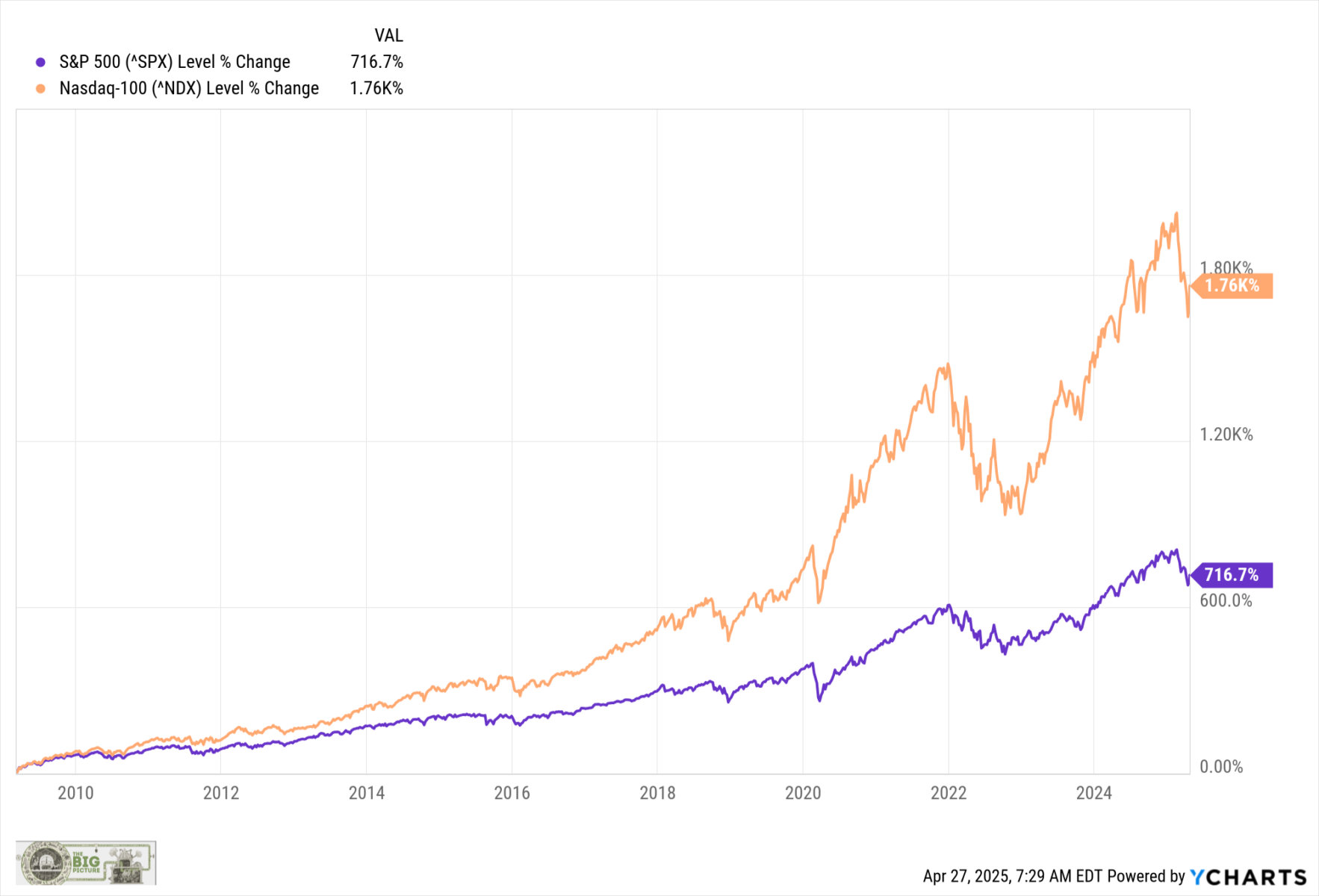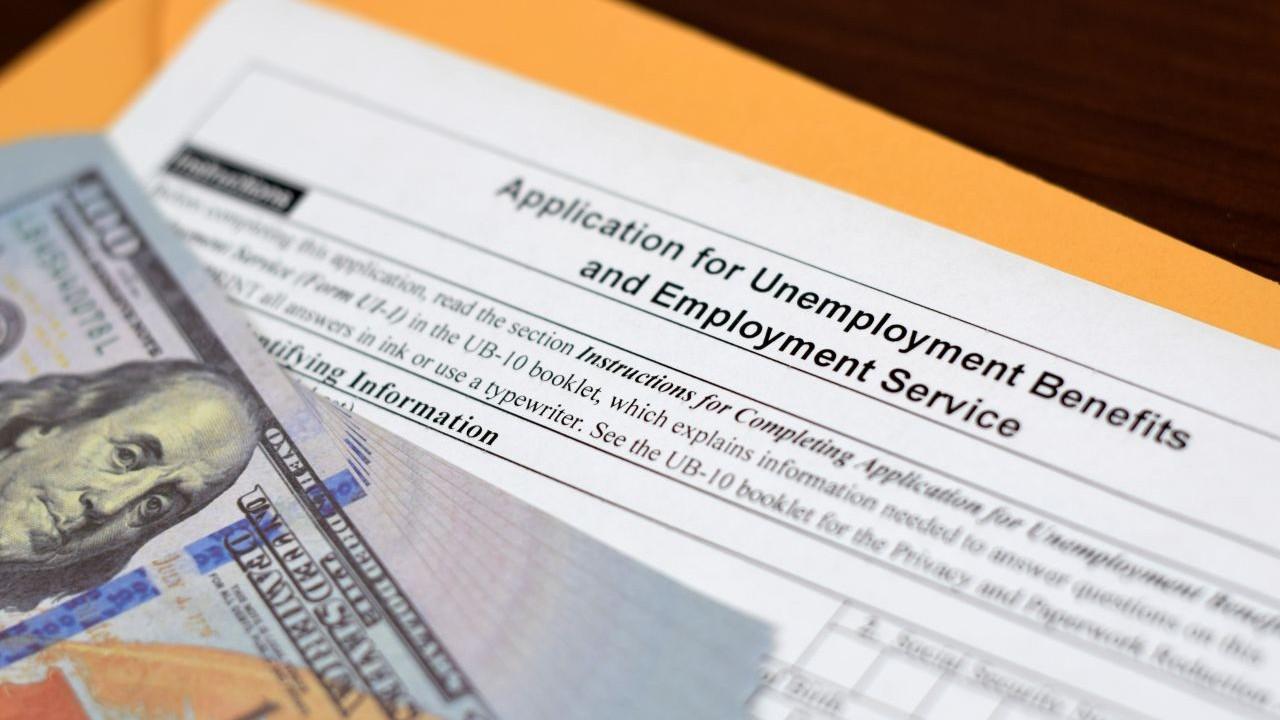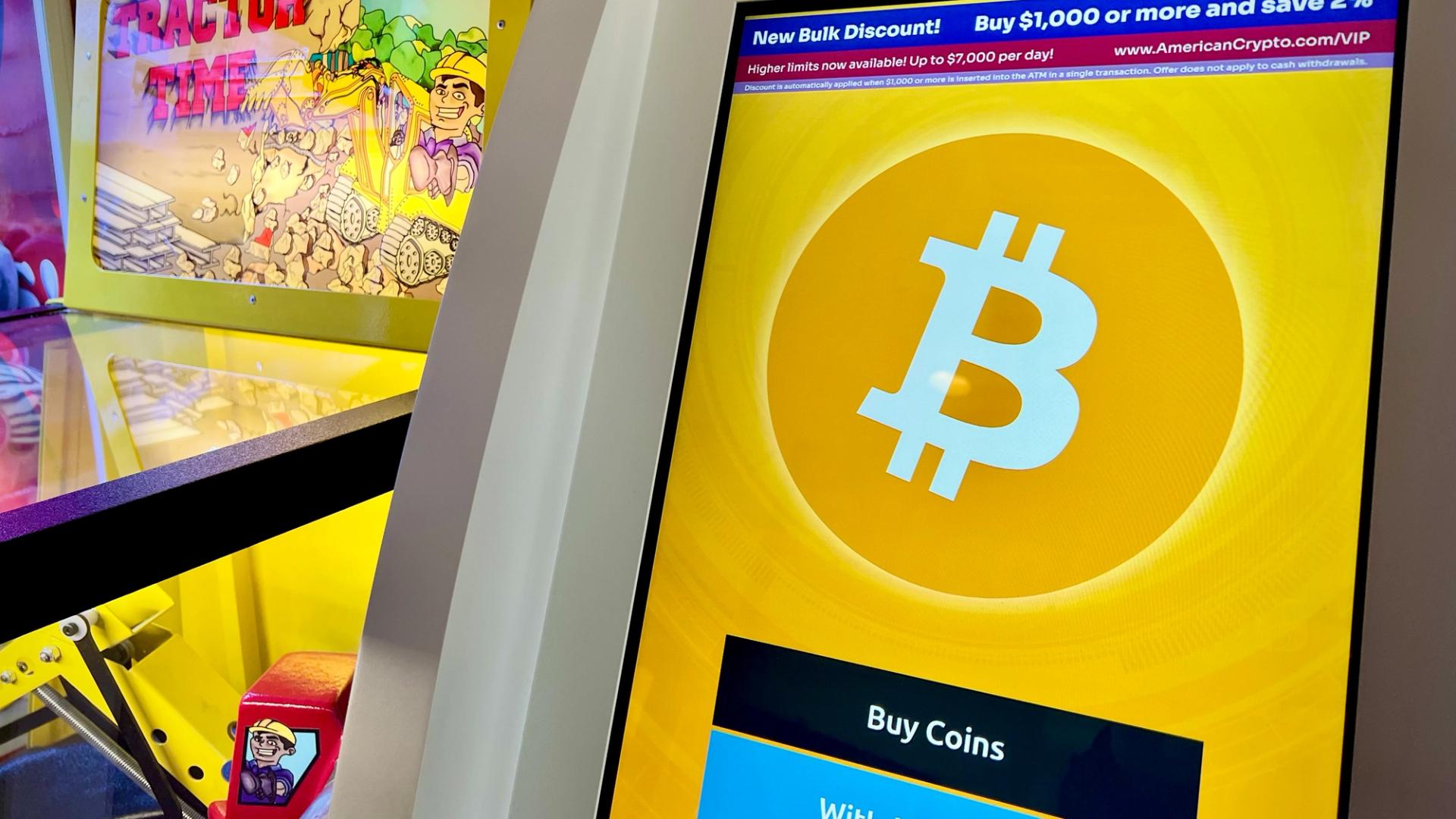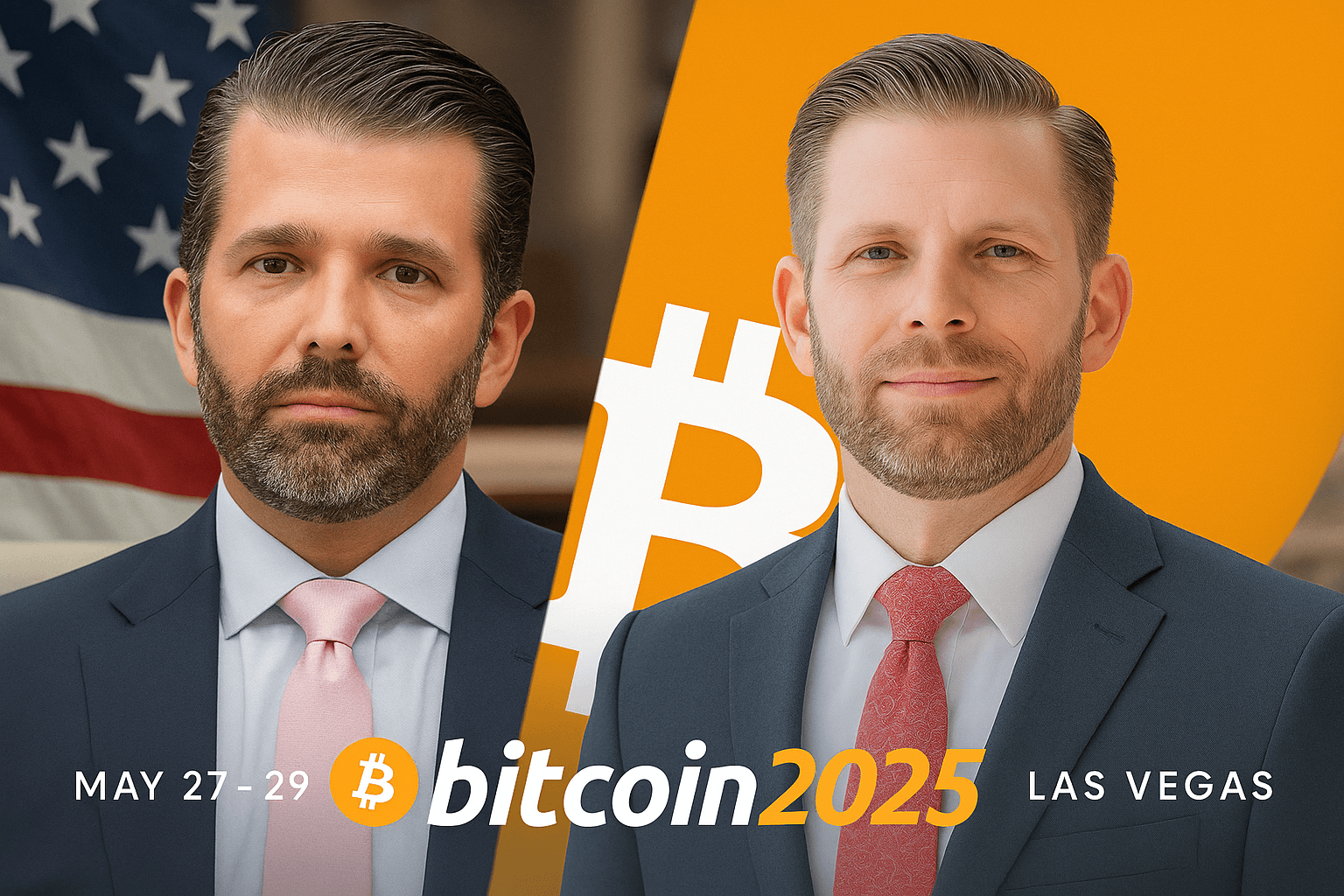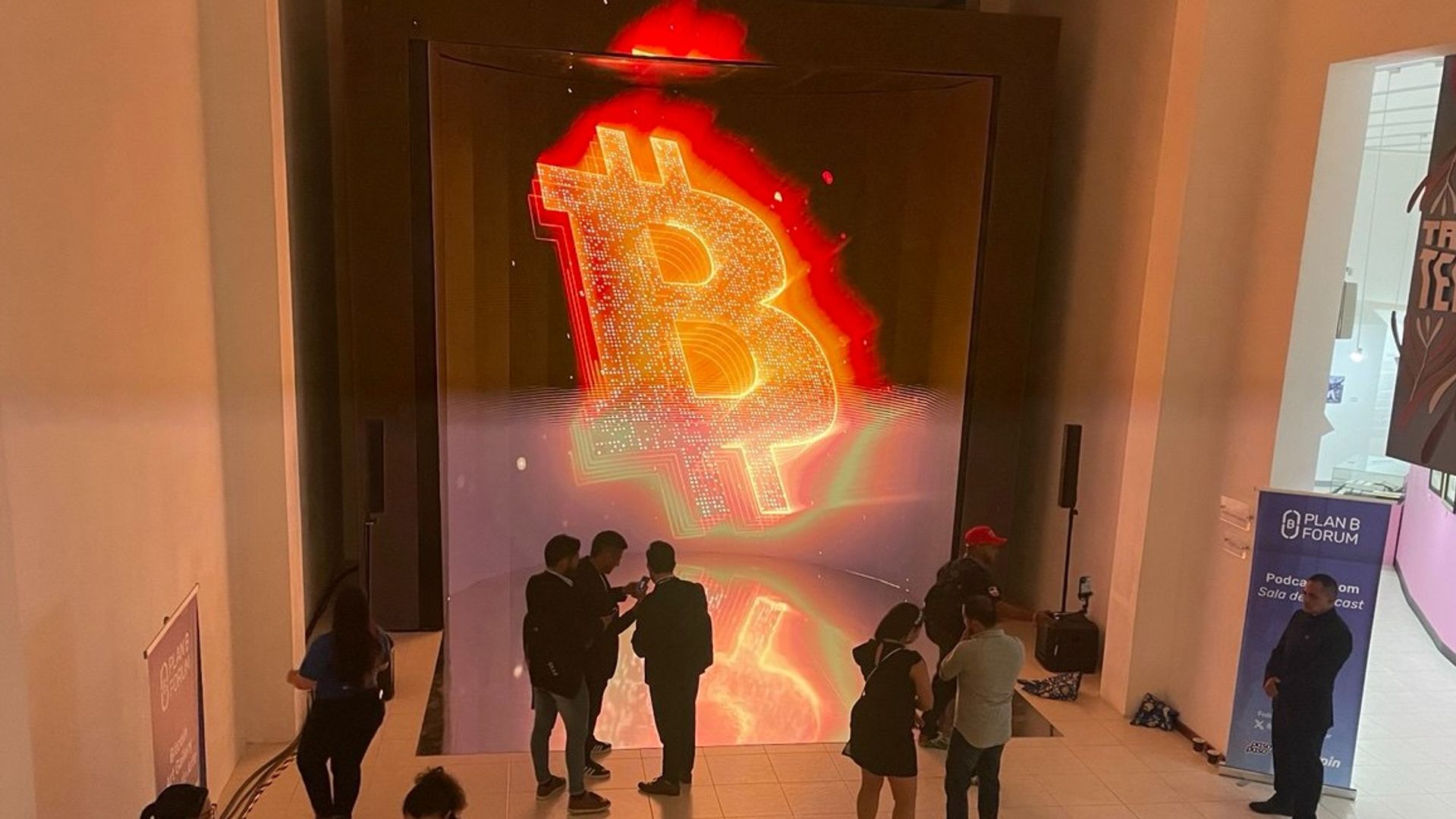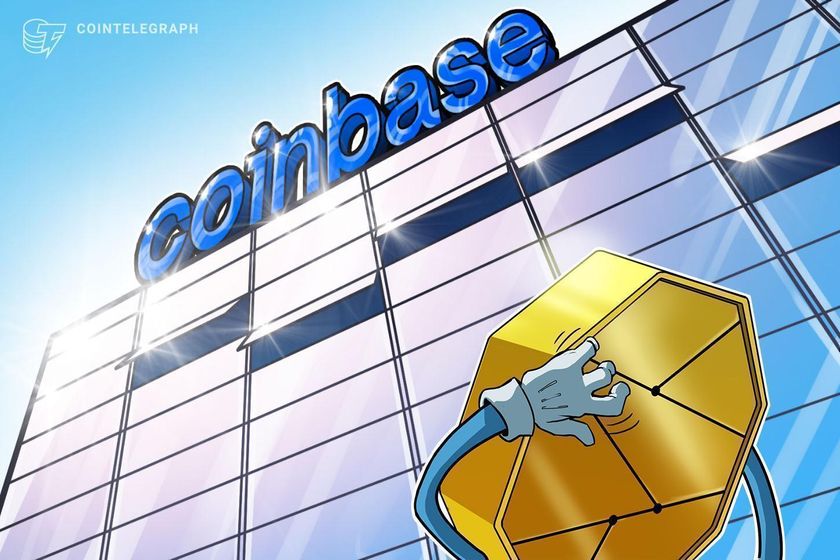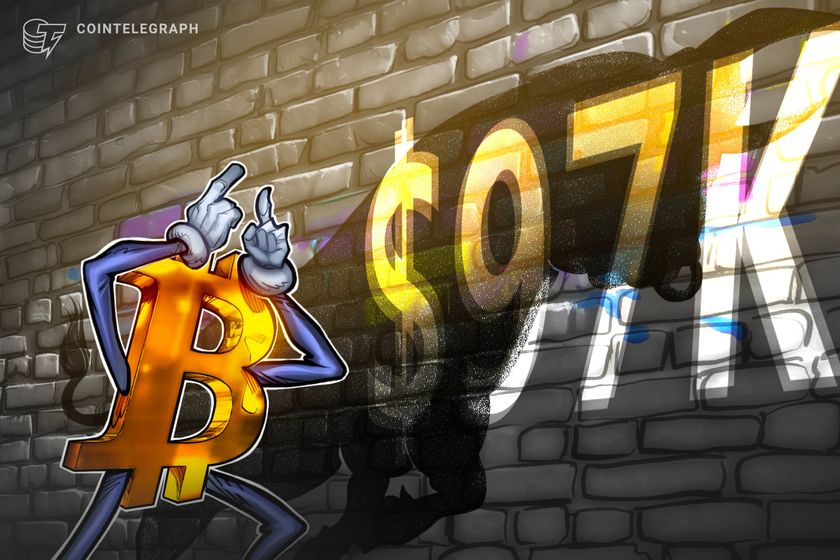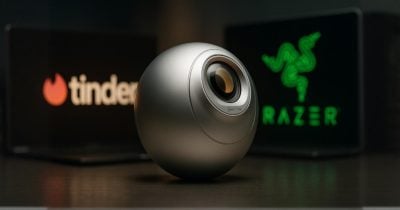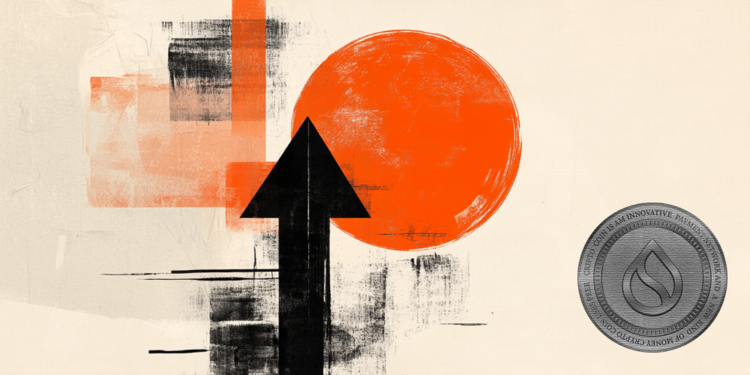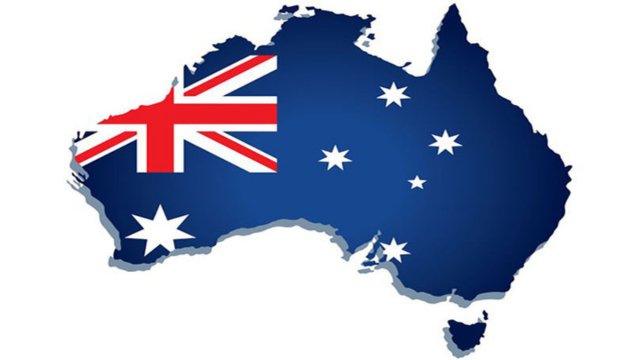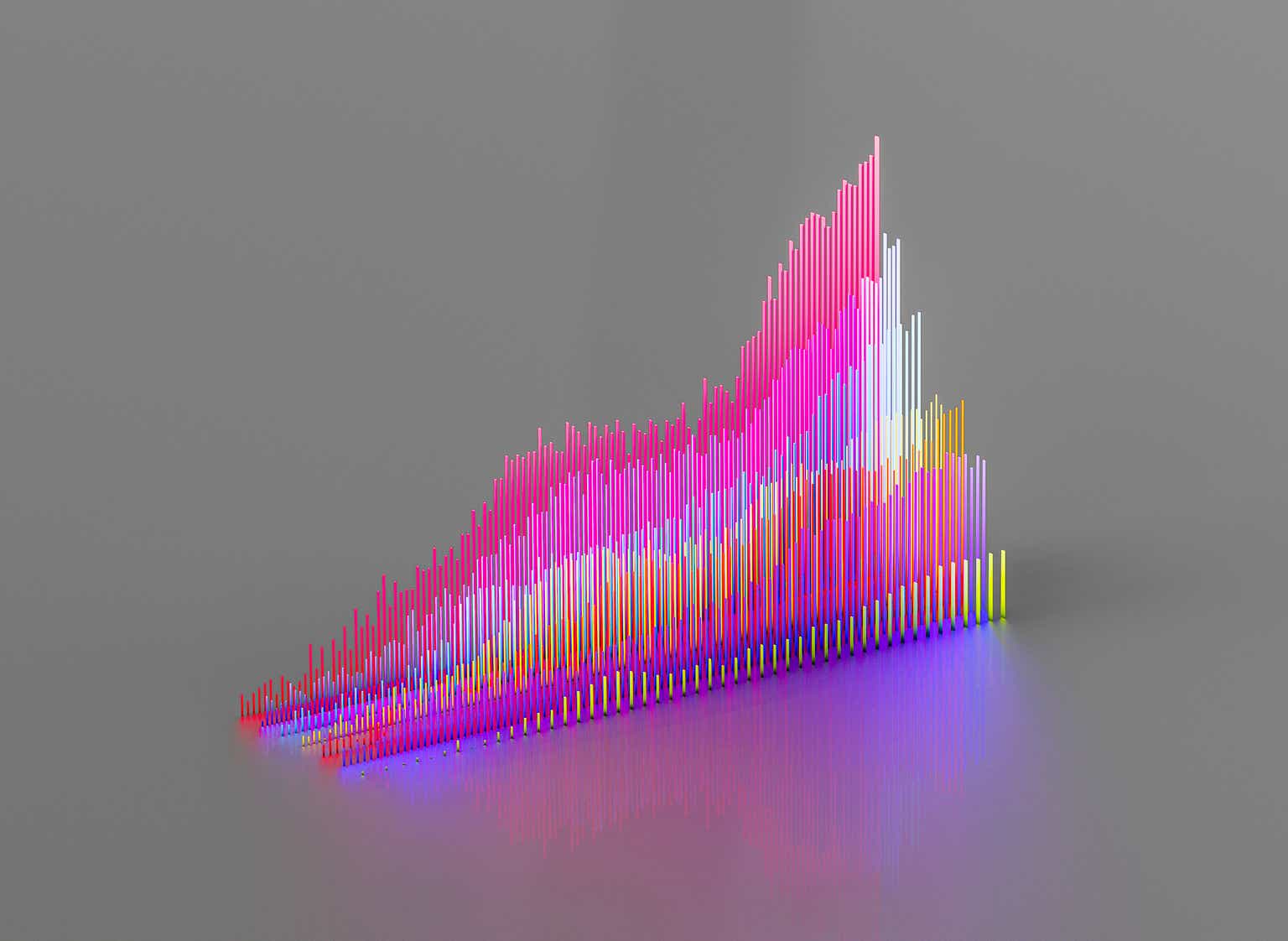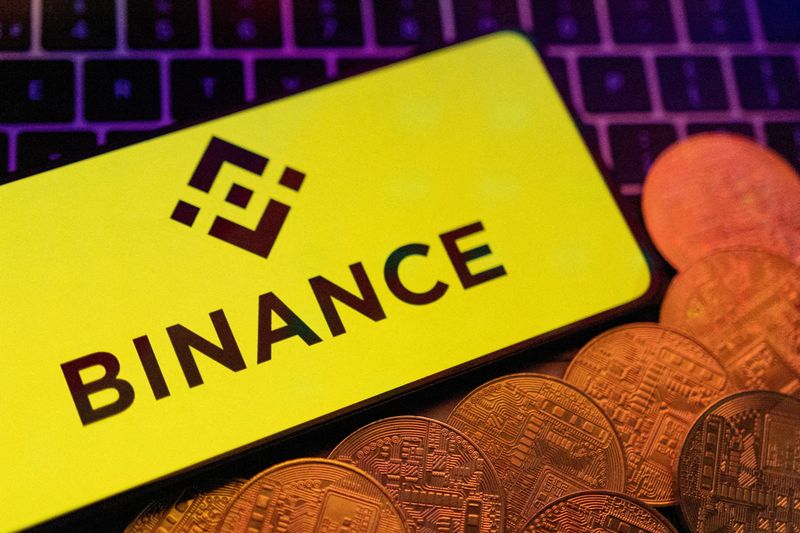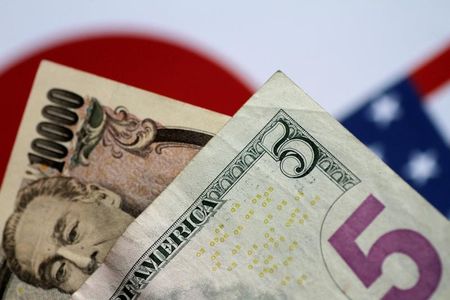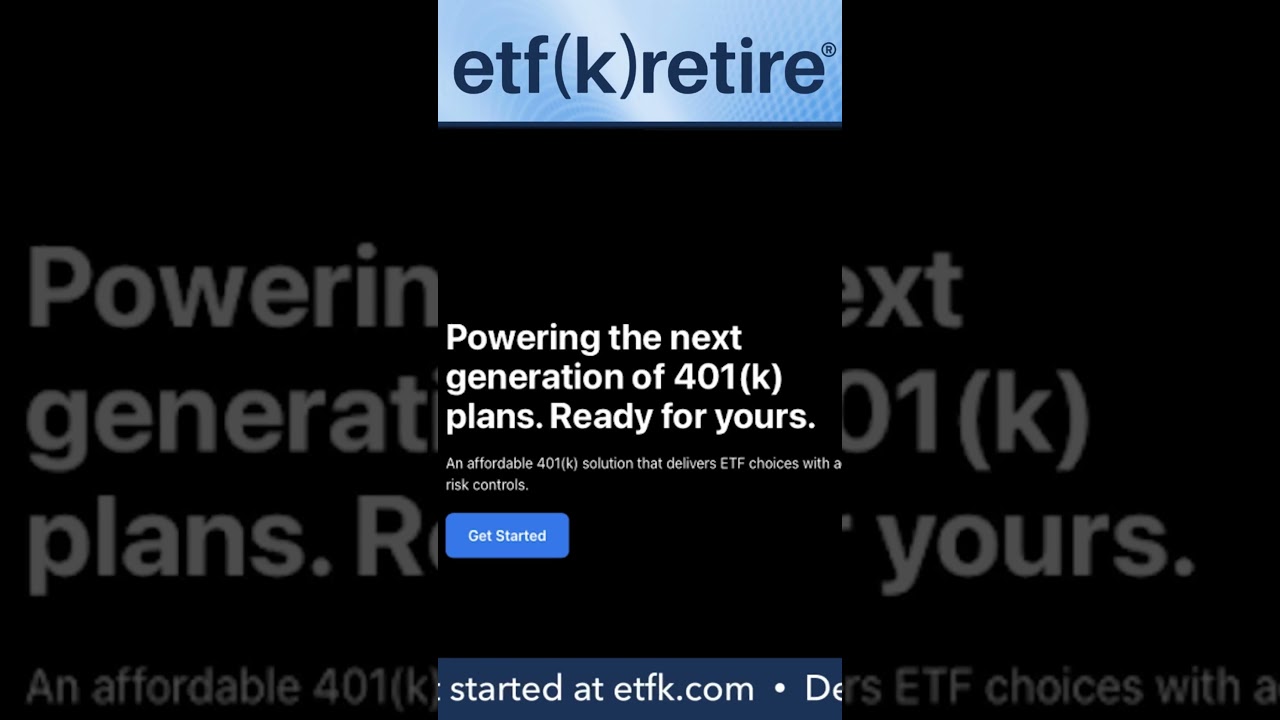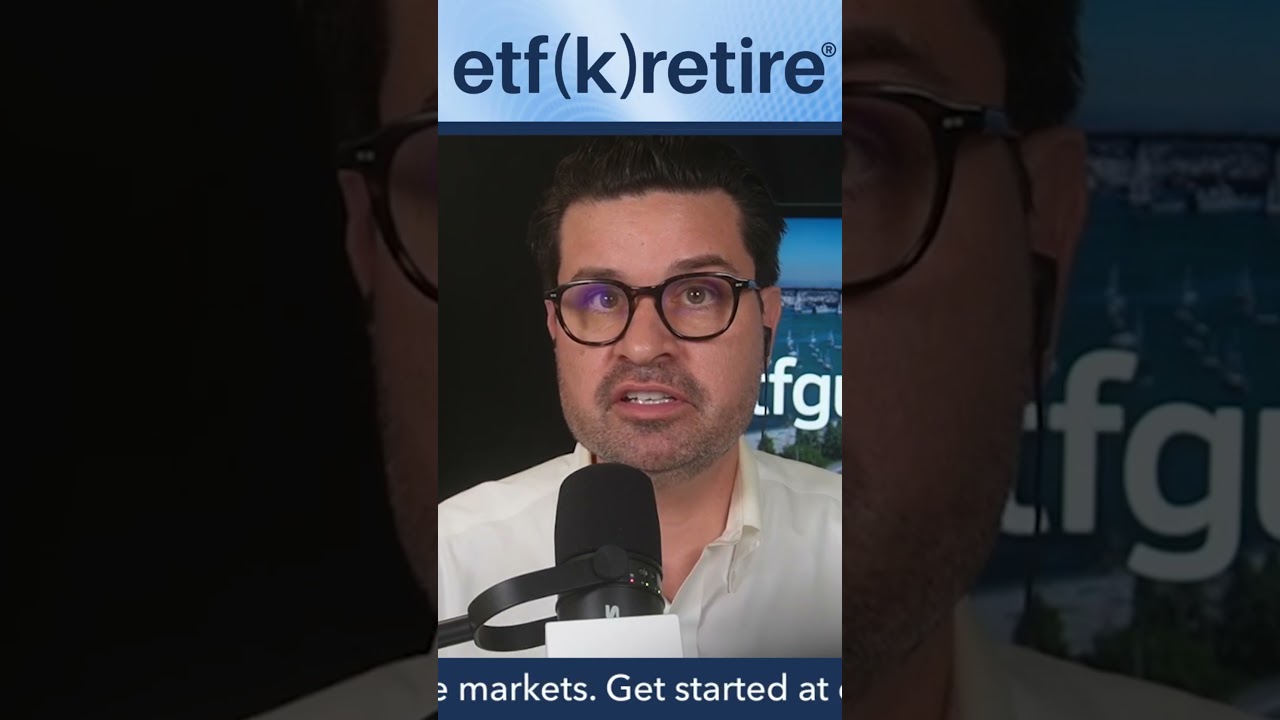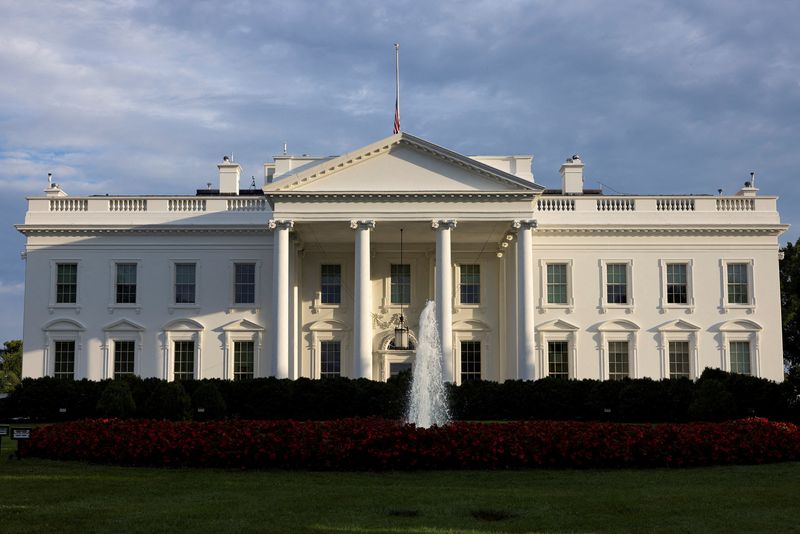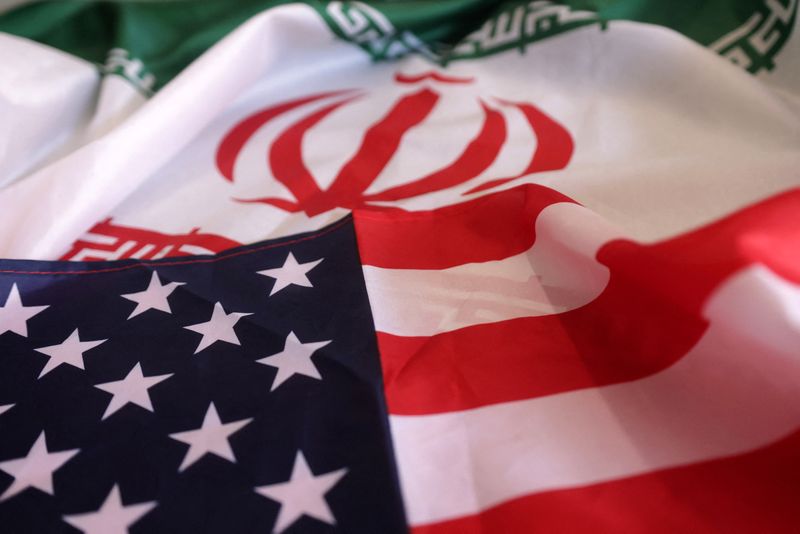How prebiotic soda Olipop leveraged social media to grow from a $100,000 investment to a $1.85 billion brand on shelves at Walmart, Target, and Whole Foods
Olipop leaned on viral trends and toilet humor—and meeting consumers where they are at—to propel its soda as both fun and functional.

Soda is becoming a superfood. Next time you go down the soft drink aisle at the grocery store, you may notice a growing number of new names and designs vying for your dollars.
They aren’t just promising a refreshing satisfaction to your sweet tooth or carbonation craving—the new industry is promising a healthy alternative to the long-dominant soda companies Coca-Cola and PepsiCo. The one company now leading the charge is Olipop.
Olipop calls its drinks “a new kind of soda” because of their emphasis on nutrition versus sugary craving—with prebiotics, plant fiber, and natural sweeteners found in each of its 18 flavors (vintage cola, grape, and crisp apple are the most popular). However, going from a startup big to a household consumer brand has been no easy feat; to spread the word, the company relies on social media and on showing up where consumers are, such as at sporting events.
With a valuation of $1.85 billion, Olipop is profitable and surpassed $400 million in revenue last year. And its biggest competitor, Poppi, was recently acquired by PepsiCo for $1.65 billion, leaving Olipop one of the largest independent challengers to the soda giants.
Getting loyal soda drinkers to try a new product has not been an easy task—it’s taken years of recipe experimentation, long-shot retail pitches, and thousands of social media posts to find success.
Ben Goodwin cofounded Olipop in 2018 and now serves as CEO of the Oakland-based company. He says the secret hasn’t been based on encouraging people to give up their love and nostalgia for soda, but instead making a new version that’s craveable and has real health benefits.
“Our approach has celebrated these intergenerational connections rather than trying to replace them. By honoring that emotional connection while elevating the experience, we’ve built a brand that doesn’t just replace soda—it evolves it,” Goodwin tells Fortune.
From the very beginning, Olipop knew it had to break conventions to make it in the cutthroat soda world, and Steven Vigilante, part of the founding Olipop team, took to social media platforms like TikTok and Instagram to propel the brand as a fun new way for young people in particular to get their soda fix.
“[We] don't take ourselves too seriously,” Vigilante, now the director of strategic partnerships, tells Fortune. “We're soda. We play in the soda space. We have the gut health stuff. There are very obvious ties between fiber and poop, and we shouldn't be afraid of that.”
On top of leaning into toilet humor and viral trends, Olipop has emphasized being human-first as a way to gain name recognition against multibillion-dollar brands. If you scroll through Olipop’s social feeds on TikTok or Instagram, you won’t find highly produced content, but you will find short and sweet plays on viral trends, emojis, and soda cans.
“I always tell the team, if you're going to write a comment from the account, make sure it sounds like it's coming from a person, not a brand, because every brand sounds the same,” Vigilante says.
It’s a lane that Coca-Cola, for example, has yet to embrace. The $300 billion company (over 150 times that of Olipop) has about three times more TikTok followers than Olipop but only posts a fraction of the content.
Olipop’s goal to chip away at the market slowly has been working, with the product now found in some 50,000 retailers, like Target and Whole Foods. Moreover, according to Vigilante, Olipop is now a “nine-figure business” at Walmart.
And even though a 12-pack of prebiotic soda may cost you over three times more than Coke or Pepsi, many customers don’t mind—and it’s catching the eye of the big brands.
However, instead of buying up competition like PepsiCo, Coca-Cola seems to be going its own way. Earlier this year, it launched a prebiotic soda under the Simply Juice brand name, with flavors like strawberry, fruit punch, and pineapple mango (there is no cola-flavored or “Coke” prebiotic option). Moreover, on the product’s web page, there is, notably, a “Commonly Asked” question section that calls out competitors by name, offering an answer to how Simply Pop compares with Olipop and Poppi.
But it’s not just supermarket shelves where functional soda is expanding—it’s in sporting venue contracts, too, an area that soda brands once thought was impenetrable. Last year, the Barclays Center in New York approached Olipop with a desire to carve out its existing Pepsi contract to sell prebiotic soda—something Vigilante says is unprecedented in the beverage industry. Now Olipop is sold in six different major sporting venues—including the $2 billion L.A. Clippers Intuit Dome—as well as being the official beverage partner of two professional soccer teams.
While product placement and creator partnerships have overall aided Olipop in growing its brand, Vigilante credits simply being at the right place at the right time and following consumer demands.
“I'm obsessed with being in the zeitgeist, and I think as a brand, especially in the soda space, where soda is so deeply in the consumer zeitgeist already, it becomes more and more important, the bigger we get, to keep showing up in different places,” he says.
According to Sam Shapiro, a principal at L.E.K. Consulting who has followed the beverage market for close to a decade, the demand for traditional soft drinks has been slowly declining as consumers have opted away from high-fructose corn syrup and sugar in their diet. Functional products, like prebiotic soda, have been able to fill the gap with “durability.”
“Alternative sodas have just dramatically outpaced the broader soda market, in terms of retail sales, volume sales, and even the presence in food service,” Shapiro tells Fortune.
And with growth unlikely to slow down anytime soon, businesses like Olipop are a perfect example of how to properly embrace and cater to a market shifting toward younger consumers.
“Our generation is in charge now,” Vigilante, who is a millennial, says. “The businesses that have figured that out are winning, and the businesses that still have legacy people with legacy ways of thinking in these seats—it’s reflected in their company performance and their stock price right now.”
This story was originally featured on Fortune.com




